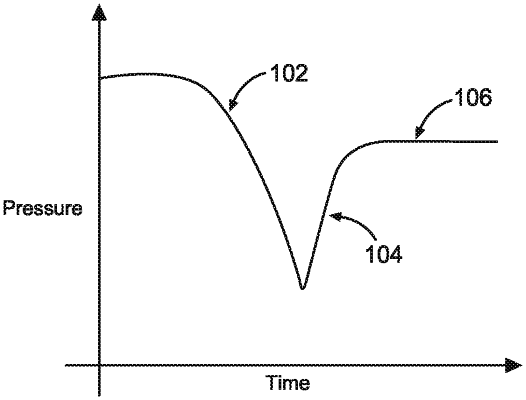| CPC G01V 20/00 (2024.01) [E21B 49/087 (2013.01); G06N 3/126 (2013.01); G06N 20/00 (2019.01)] | 20 Claims |

|
1. A method of determining a parameter of a formation of interest at a desired location comprising:
directing a formation tester to the desired location in the formation of interest;
obtaining data from the desired location in the formation of interest, wherein the obtained data relates to a first parameter at the desired location of the formation of interest;
initializing an estimation of a second parameter at the desired location in the formation of interest to simulate the first parameter by using a selected flow model;
calculating a parameter of a curve misfit based, at least in part, on the obtained data and simulated first parameter;
inverting the obtained data to update the second parameter, wherein inverting the obtained data comprises using a method selected from a group consisting of a deterministic approach, a probabilistic approach, and an evolutionary approach;
optimizing a curve match of the obtained data and the simulated first parameter to determine a matrix in part by at least one of deterministic or probabilistic and evolutionary approaches; and
optimizing one or more aspects of performance of one or more operations of the formation tester within a pre-determined time based, at least in part, on one or more parameters of the optimized curve match.
|